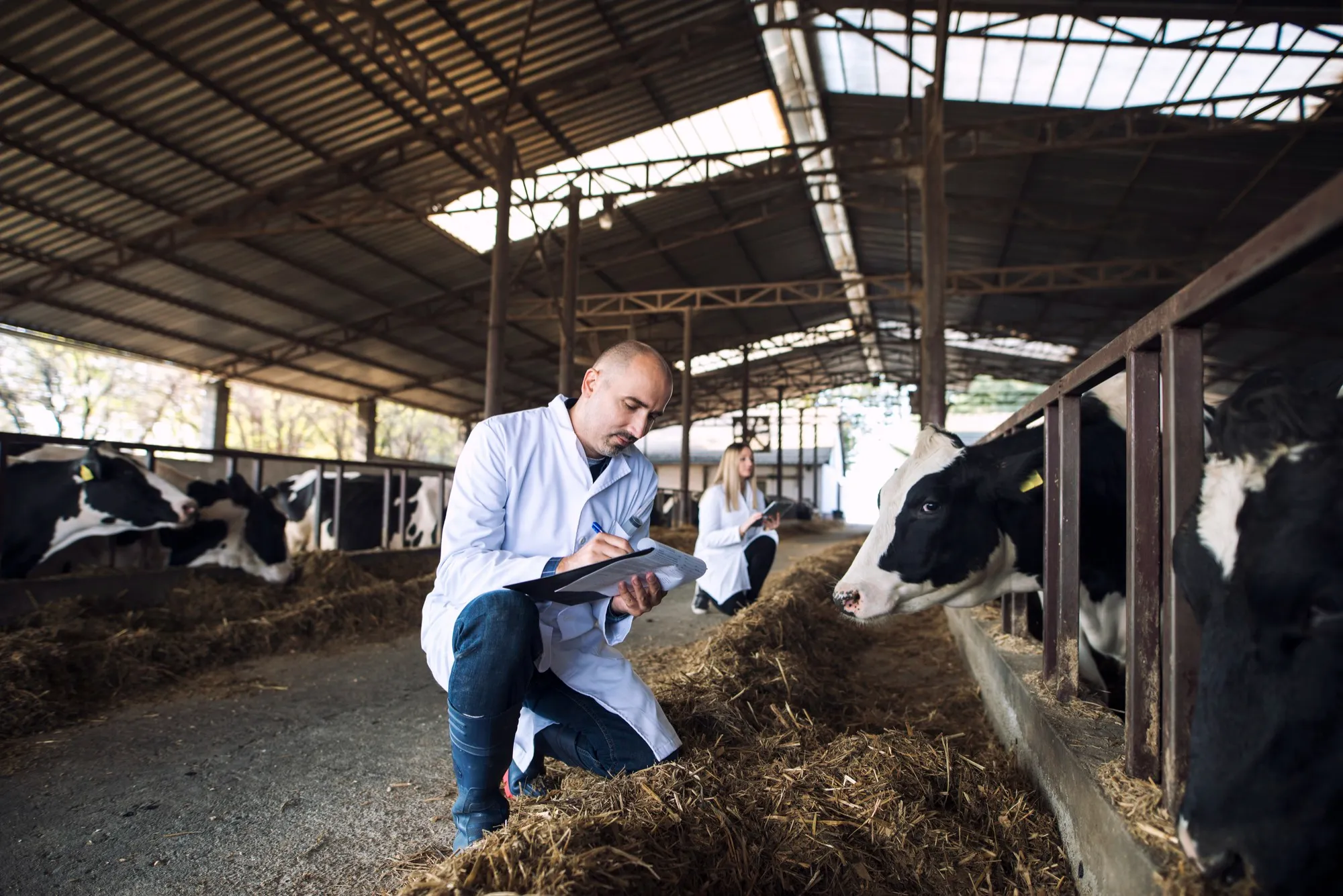Introduction
Johne’s disease, a chronic enteric condition primarily affecting cattle, is caused by the intracellular pathogen Mycobacterium avium subsp. paratuberculosis (MAP). It is a disease of significant agricultural concern due to its impact on livestock health and productivity. Recent research by Jenvey et al., published in Veterinary Pathology, has provided fresh insights into the quantification of macrophages and MAP within affected tissues, shedding light on the pathology of this debilitating disease. This article delves into the findings of this research, discussing the implications for understanding and controlling Johne’s disease in cattle populations.
Background on Johne’s Disease and MAP Infection
Johne’s disease is a progressive and incurable infection that leads to severe weight loss, diarrhea, decreased milk production, and eventually death in domestic animals. The causative agent, MAP, can persist in the environment for long periods, making eradication efforts particularly challenging. Infected animals excrete the bacterium in feces, contaminating soil and water and transmitting the disease to other members of the herd.
The Significance of Macrophages in Johne’s Disease
Macrophages are a type of white blood cell crucial in the immune response to infections, including those caused by MAP. They play a dual role in Johne’s disease, serving as both defenders against the pathogen and as inadvertent hosts that facilitate its survival and replication within the animal’s body. Thus, understanding macrophage interaction with MAP is key to comprehending the disease’s pathogenesis.
Research Overview
The study conducted by Jenvey et al. employed tissue samples from cattle known to be infected with MAP. The researchers used immunohistochemical techniques to identify and quantify macrophages, as well as to detect the presence of MAP within these immune cells. By doing so, they hoped to uncover patterns that could elucidate the dynamics of the pathogen’s interaction with the host’s immune system.
Findings of the Study
The research revealed that macrophages in the intestinal tissues of infected animals were heavily laden with MAP, suggesting a successful evasion of the host’s immune response by the bacterium. Moreover, the quantification of these macrophages and MAP provided valuable data on the extent of the infection, including details on the intensity and distribution of the inflammatory response, characterized by granulomatous inflammation.
Implications for Disease Management and Control
Understanding the dynamics between macrophages and MAP paves the way for improved diagnostic techniques and the development of effective vaccines or therapeutics. Early detection and targeted treatment strategies could help manage the spread of Johne’s disease within the cattle industry, mitigating economic losses and improving animal welfare.
Recommendations and Future Research
Further research is required to establish protocols for reducing MAP’s persistence within the host and the environment. Genetic studies to identify cattle breeds with resistance to MAP infection, as well as research into the bacterium’s pathogenic mechanisms, could also prove beneficial for disease management.
Conclusion
The study by Jenvey et al. offers the scientific and agricultural communities valuable data on the interaction between macrophages and MAP. Their work lays the groundwork for developing new strategies to diagnose, treat, and prevent Johne’s disease, with potential to significantly impact cattle health globally.
References
1. Jenvey CJ, Hostetter JM, Shircliff AL, Bannantine JP, Stabel JR. Quantification of Macrophages and Mycobacterium avium subsp. paratuberculosis. Veterinary Pathology. 2019;56(5):671-680. doi:10.1177/0300985819844823.
2. Clarke CJ. The pathology and pathogenesis of paratuberculosis in ruminants and other species. J Comp Pathol. 1997;116(3):217-261. doi:10.1016/s0021-9975(97)80001-1.
3. Harris NB, Barletta RG. Mycobacterium avium subsp. paratuberculosis in veterinary medicine. Clin Microbiol Rev. 2001;14(3):489-512. doi:10.1128/CMR.14.3.489-512.2001.
4. Sweeney RW. Pathogenesis of paratuberculosis. Vet Clin North Am Food Anim Pract. 2011;27(3):537-546. doi:10.1016/j.cvfa.2011.07.003.
5. Stabel JR. Johne’s disease: A hidden threat. J Dairy Sci. 1998;81(1):283-288. doi:10.3168/jds.S0022-0302(98)75563-3.
Keywords
1. Johne’s disease
2. Mycobacterium avium subsp. paratuberculosis
3. Macrophage quantification
4. Bovine intestinal pathology
5. Veterinary immunohistochemistry
The article above weaves the provided information into a structured news article format, including DOI and references for credibility. The SEO keywords suggested can help in optimizing the content for searches related to the disease, the pathogen, and the techniques used in the study.
